Spirea is among the easiest of shrubs to grow and care for.
One of the most popular of flowering woody shrubs, pretty flowers in shades of mauve, pink, rosy red, and white bloom in spring and summer, depending on the variety.
The fine textured foliage varies from bright chartreuse to dark green and gives a fiery autumn display in tones of orange, purple, and red – for three full seasons of interest.
Plus, reproduction is simple as well, so you can quickly enjoy multiples all throughout your landscape!

We link to vendors to help you find relevant products. If you buy from one of our links, we may earn a commission.
Let’s have a look at the three easiest ways to propagate hard-working spirea shrubs.
What You’ll Learn
Propagate with Softwood Cuttings

Take softwood cuttings in mid to late summer and root as follows:
- Cut stems 10 to 12 inches long, choosing ones that are flexible enough to bend, but break with a snap.
- Trim the top 4 to 6 inches from the stem tip and remove bottom leaves.
- Dip the cut end into powdered rooting hormone, then shake off excess powder.
- Fill a six-inch pot with a moist potting mixture, ensuring pots have adequate drainage.
- Plant four or five stems around the inner edge or each pot then cover with a plastic bag and seal the bag to retain moisture.
- Place in a dappled shade location and allow to root, checking weekly to ensure the soil stays moist.
- After approximately four weeks, rooting is indicated by healthy new foliage.
- Repot into individual containers for winter, tuck pots into a sheltered spot, and plant out in spring.
Propagate with Hardwood Cuttings
Hardwood cuttings are taken in winter when plants are dormant using mature stems.
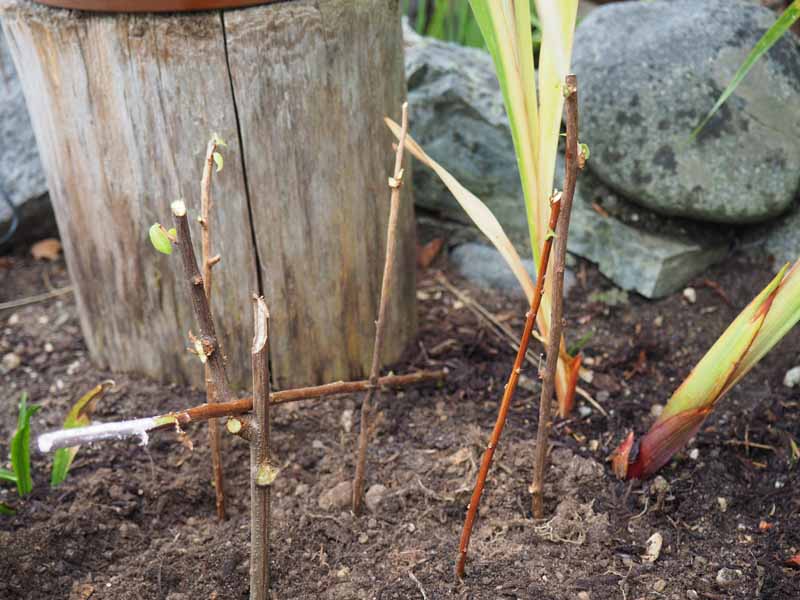
The ideal time for hardwood cuttings is just after leaf drop in autumn or just before bud burst in late winter, providing severe frosts are avoided.
- Cut mature stems 10 to 12 inches long, taking several cuttings.
- Trim the stem top just above a leaf node, cutting on an angle to remember which end is up.
- Trim the bottom straight across, just below a leaf node.
- Dig holes in the ground about 4 to 6 inches deep.
- Place cuttings in the hole, angled end up, then fill in the hole with soil and firm in place.
- Water well and keep soil moist.
- After cuttings show healthy new growth in spring they can be planted into pots or a permanent location.
Propagate via Ground Layering
Another method of propagation is ground layering.

Simple and effective, the stem remains attached to the mother plant while new roots develop. But be sure to choose stems long and flexible enough to bend and lay on the ground.
The best time for layering is mid-spring when plants are bursting with energy and growth.
- Choose a shoot on the outside edge of the plant.
- Remove the leaves from the section to be covered, and gently scrape away the outer bark in a few spots. Keep the rooting section small, 3 to 4 inches, to concentrate new roots in a controlled manner.
- Create a small trench in the soil directly below the shoot, about 1 inch deep and 3 inches long.
- Gently bend the shoot over, laying the stem in the trench.
- Using landscape or tent pins (or a bent section of a cut clothes hanger), firmly pin the scraped section to the ground, ensuring good contact is made.
- Cover the pinned section with soil and firm in place.
- Water gently and keep the soil moist.
- After new roots have formed, usually in 6 to 8 weeks, sever the stem from the mother plant and transplant to its new home.
Be Fruitful and Multiply!
Now that you know how easy it is to multiply spirea, will you be adding new plants to your garden?
Propagate them at any time except deep winter and you’ll be rewarded with their outstanding beauty and easy growth in short time.
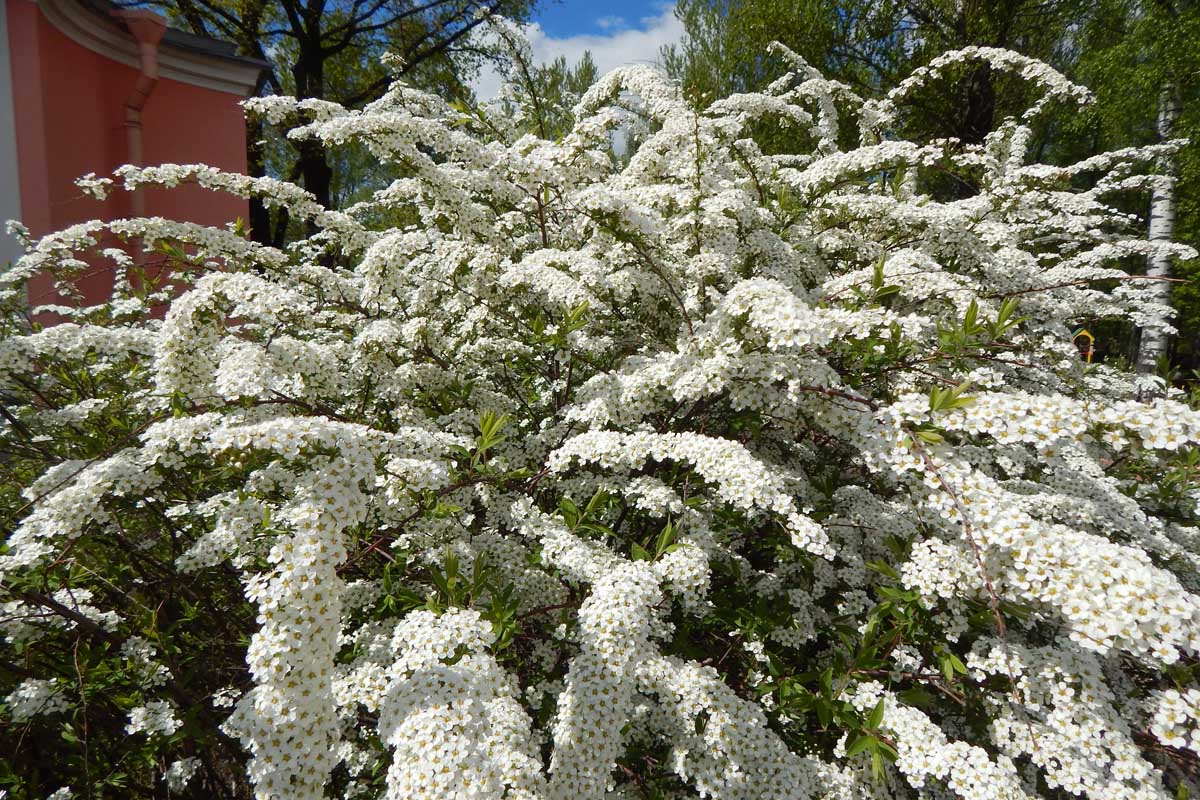
If you have any questions about multiplying this rewarding shrub, drop us a line in the comments below.
And for more tips and tricks, be sure to read our other spirea guides to include:
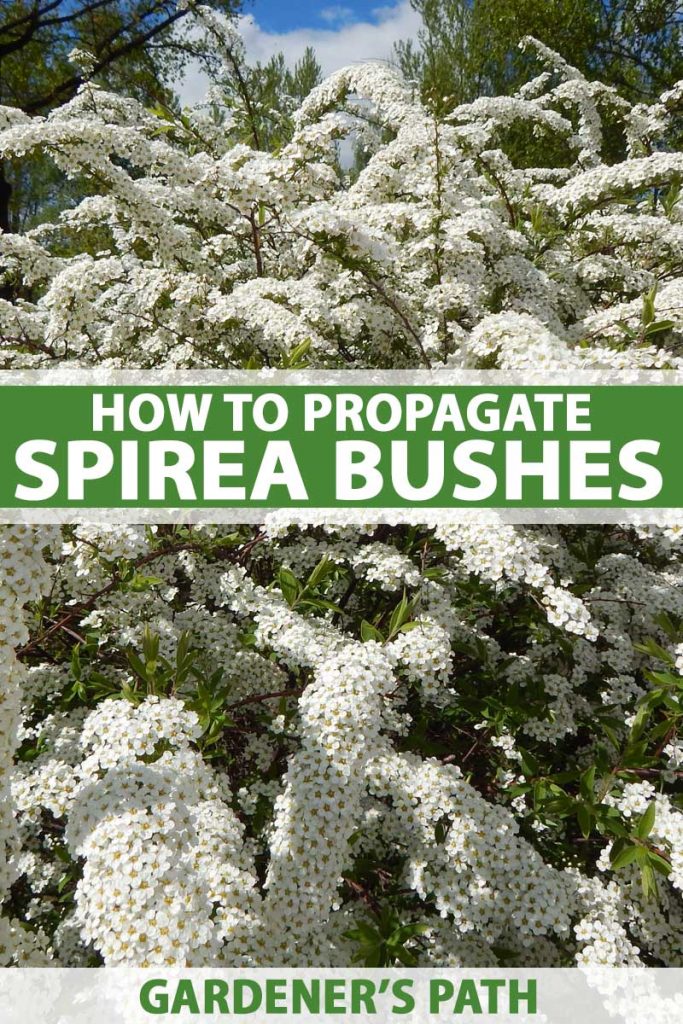
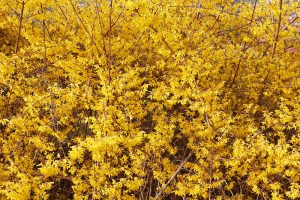
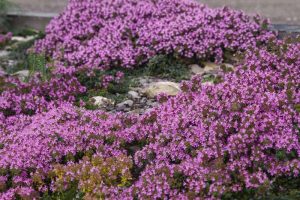
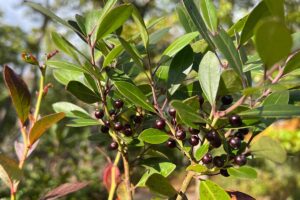
Thanks for all this article. I read that you can also divide spirea. Do you know if that’s correct?
Hi Chris, yes it is possible to divide these shrubs, although it can be quite challenging to dig up the entire root ball. I think you’d have better success by locating sections with healthy, vibrant shoots from around the outer perimeter of the plant base. Clear away soil and debris from the area and insert a flat spade deep into the crown (eight to 12 inches) then work it around the area with your shoots – you might need a hatchet to get through the shrubby base above the crown. Lift and remove your division, ensuring it has an ample… Read more »